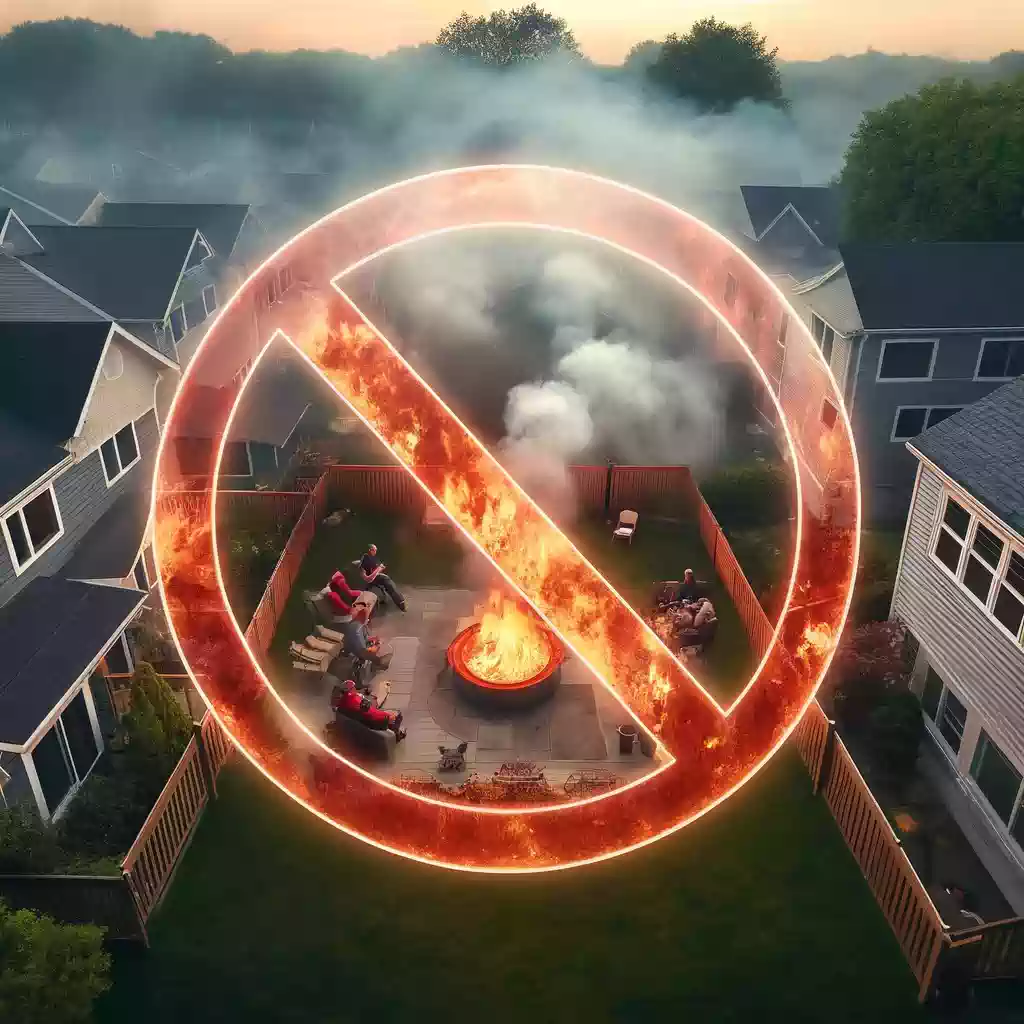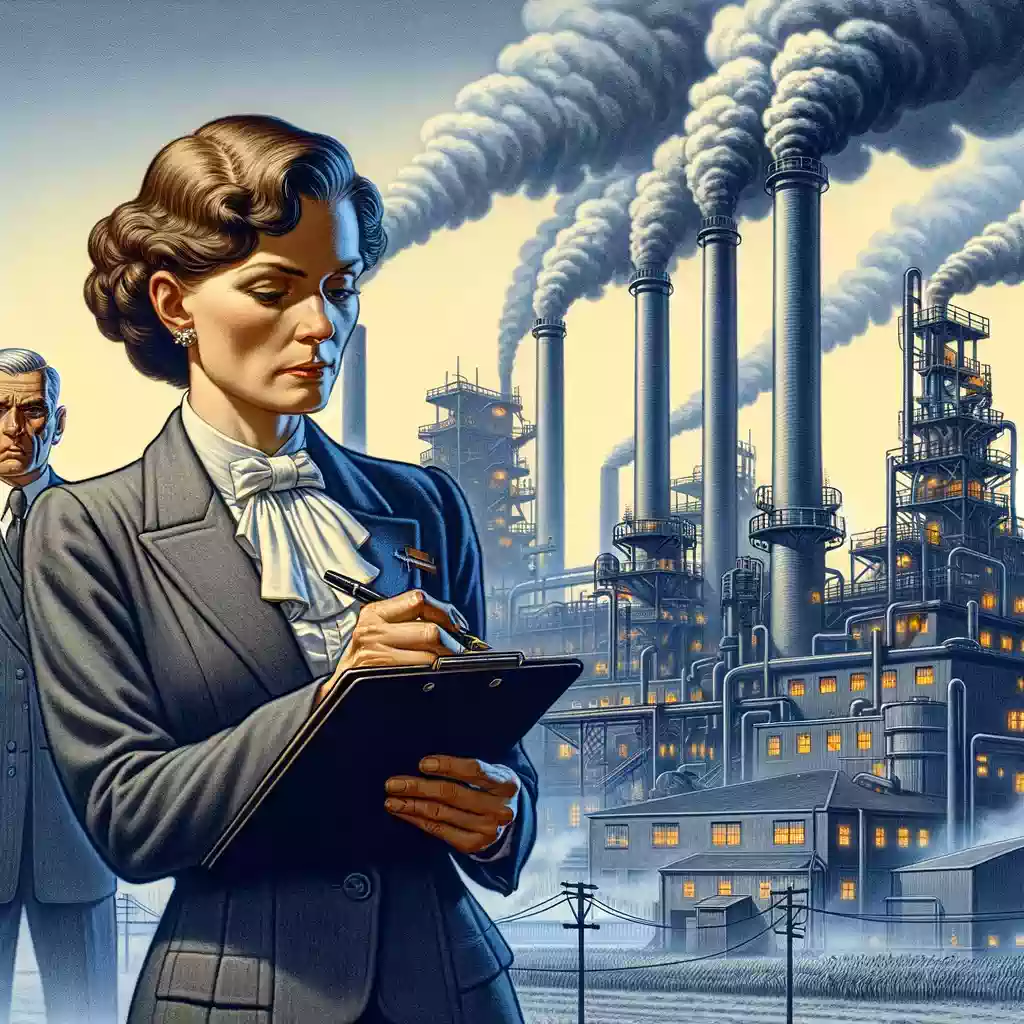Actions for Better Outdoor Air Quality

Air quality is a major public health and environmental issue, primarily impacted by human activities. To protect the air we breathe, it is essential to adopt a series of individual and collective measures. Reducing our energy consumption by favoring renewable energy sources and improving the energy efficiency of our habitats can significantly decrease pollutant emissions. Opting for eco-friendly modes of transportation such as cycling, walking, or public transportation helps reduce greenhouse gas emissions. Responsible waste management, through reduction, reuse, and recycling, helps limit pollution associated with incineration.
Trees play a crucial role in filtering pollutants; therefore, the preservation and planting of urban green spaces are essential. Raising community awareness of the impacts of air pollution and encouraging environmentally friendly household practices, such as avoiding the use of harmful chemicals and limiting wood burning, are also key actions. Commitment to these practices not only improves air quality but also promotes a more sustainable lifestyle. Each individual, through their choices and actions, can play a significant role in the fight for clean air and a healthy environment.

Domestic Fires
Outdoor fires can have a harmful impact on your health and that of your neighbors. Respect their right to clean air. Burning wood or other materials releases fine particles and harmful pollutants, thereby contributing to the deterioration of ambient air quality and posing risks to the respiratory health of individuals, especially the most vulnerable such as children and the elderly.

Waste Limitation
The accumulation of waste symbolized in this image evokes the issue of their treatment, often by incineration, which releases pollutants into the atmosphere. It suggests a reflection on waste reduction to protect air quality and encourage more responsible consumption practices.

The Impact of Cars
By focusing on a car emitting pollution, this image criticizes the excessive use of combustion vehicles. It encourages reflection on less polluting alternatives and the importance of giving your car a break to reduce air pollution and improve air quality.

The Big House Without Trees
This image highlights a vast mansion in the heart of a residential neighborhood, devoid of trees. It emphasizes the importance of vegetation in combating air pollution. Trees play a crucial role in filtering pollutants and providing oxygen, thus contributing to better outdoor air quality.

Protecting Trees
This representation illustrates the need to protect urban trees, true captors of atmospheric pollutants. By highlighting lush greenery against urban elements, the image reminds us that each tree contributes to purifying our air, underscoring their essential role in preserving our health and environment.

Civic Protest
This image captures the spirit of protest against companies that do not respect environmental standards. It emphasizes the importance of citizen engagement in the fight for clean air and the need to hold polluters accountable for their actions.

Cycling for Clean Air
By contrasting the use of bicycles with that of cars, this image promotes cycling as an active mode of transportation. It highlights the positive impact of this choice on air quality, thus reducing greenhouse gas emissions and promoting a healthier environment.

Demanding Compliance with Standards
To protect air quality, it is crucial to promote renewable energies, adopt less polluting transportation, manage waste responsibly, and preserve green spaces. Leaders must strengthen control of environmental standards for polluting companies, thus ensuring healthy air for all.




